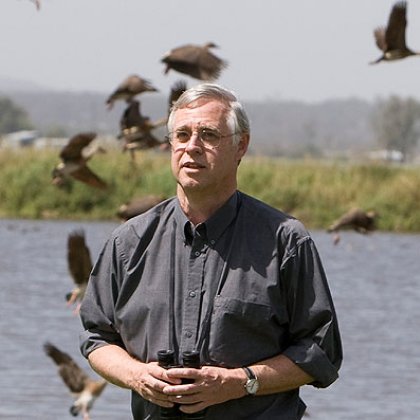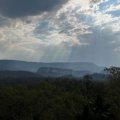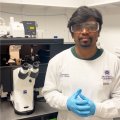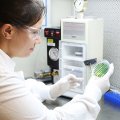
When the Korean Government wanted a report card on the state of the country’s national park system, it sought out the right man for the job – UQ’s Associate Professor Marc Hockings.
Based at UQ’s School of Integrative Systems, Dr Hockings has, for the past decade, been working on assessing the management of protected areas around the globe.
“About 12 percent of the earth’s surface has now been put into some form of protection, either national parks or conservation reserves,” Dr Hockings said.
“It’s one of the major strategies for conserving biodiversity.
“There’s not much point putting aside land if it’s not effectively managed, so it’s important that we conduct assessments and use those results to make sure we get both the biodiversity conservation benefits, and also the social and other benefits that can come out of well-managed protected areas.”
Dr Hockings last week travelled to Korea to present a report on the management of the country’s national park system, which identified several areas in need of improvement.
While a major effort had been made to restore ecosystems damaged during the Korean War, he said not all of the right areas had been protected.
“They’ve got some huge challenges in terms of visitor management – they’ve got the most heavily visited national park in the world, which is located just on the outskirts of Seoul,” Dr Hockings said.
“While they’ve been expanding the protected area system significantly over recent years, it tends to be biased towards mountainous areas so they’re not getting good coverage of all the different biomes.
“They need to conduct a comprehensive gap analysis and include some of the less represented habitats within the protected area system.”
While in Korea Dr Hockings also attended a meeting of approximately 100 invited experts on the Convention on Biological Diversity – a consortium of 191 countries that have pledged to reduce the rate of biodiversity loss by 2010.
The 2010 biodiversity target, which is broken into 22 global indicators, has been incorporated into the United Nations’ Millennium Development Goals.
A recent Science paper, which Dr Hockings co-authored, provided an update on the development of these indicators.
The article revealed that five of the headline indicators are not being developed, and only a minority of the datasets used to underpin the other 17 have good global coverage.
Dr Hockings’ role is to develop and populate the indicator concerned with management effectiveness of protected areas, which he has been in conjunction with colleague Dr Fiona Leverington and researchers from the World Conservation Monitoring Centre in Cambridge, and the Environmental Change Institute at Oxford University.
“We now have information on nearly 8,000 protected areas globally that we can analyse and look at what the strengths and weaknesses of management are,” he said.
“We’ve been looking at the global progress towards assessing management of protected areas.
“Our research has shown that more than 23 percent of countries have met their targets for assessment under the Convention on Biological Diversity’s Programme of Work on Protected Areas.
“While there is a long way to go, the meeting in Korea concluded that this has been one of the most successful aspects of the Programme of Work.
“I guess it’s about bringing that data together in a broader policy agenda at a global level.”
Media: Dr Hockings (07 5460 1140, 07 3366 7845, 0422 842 714) or Penny Robinson at UQ Communications (07 3365 9723, penny.robinson@uq.edu.au)
.jpg)



